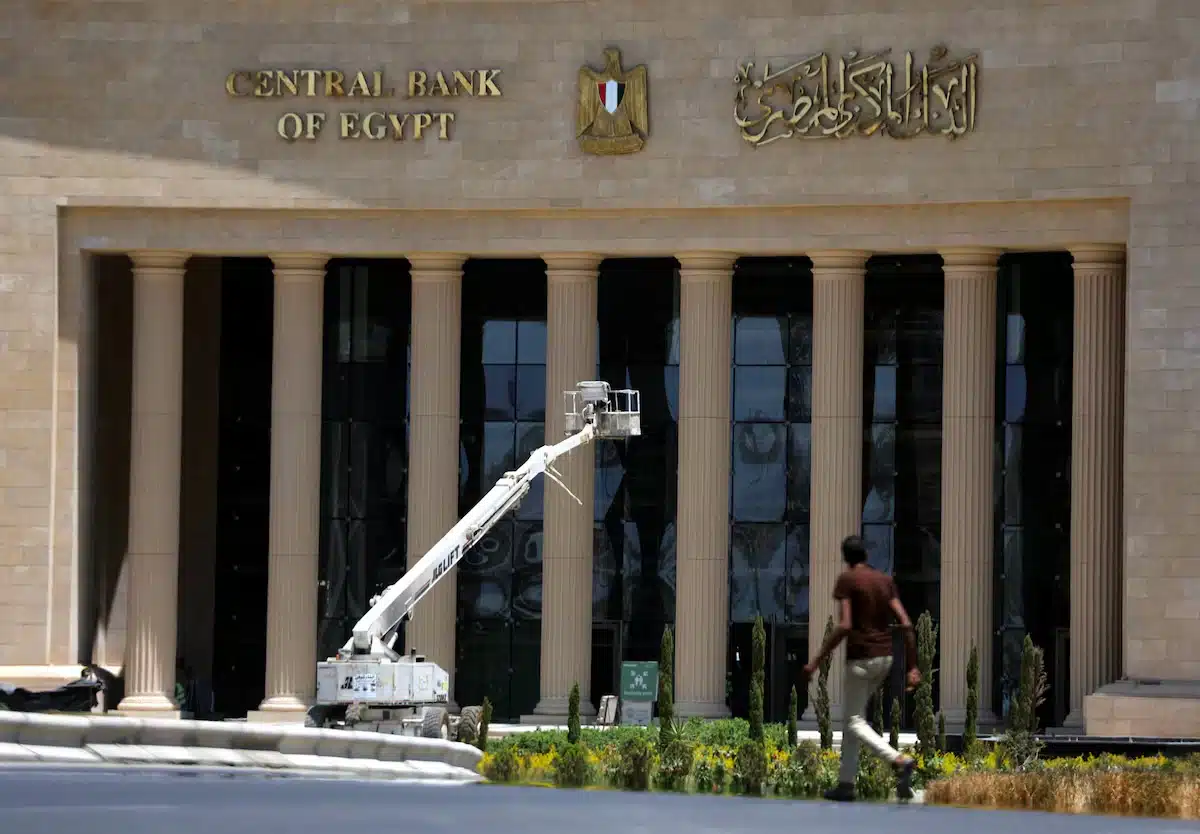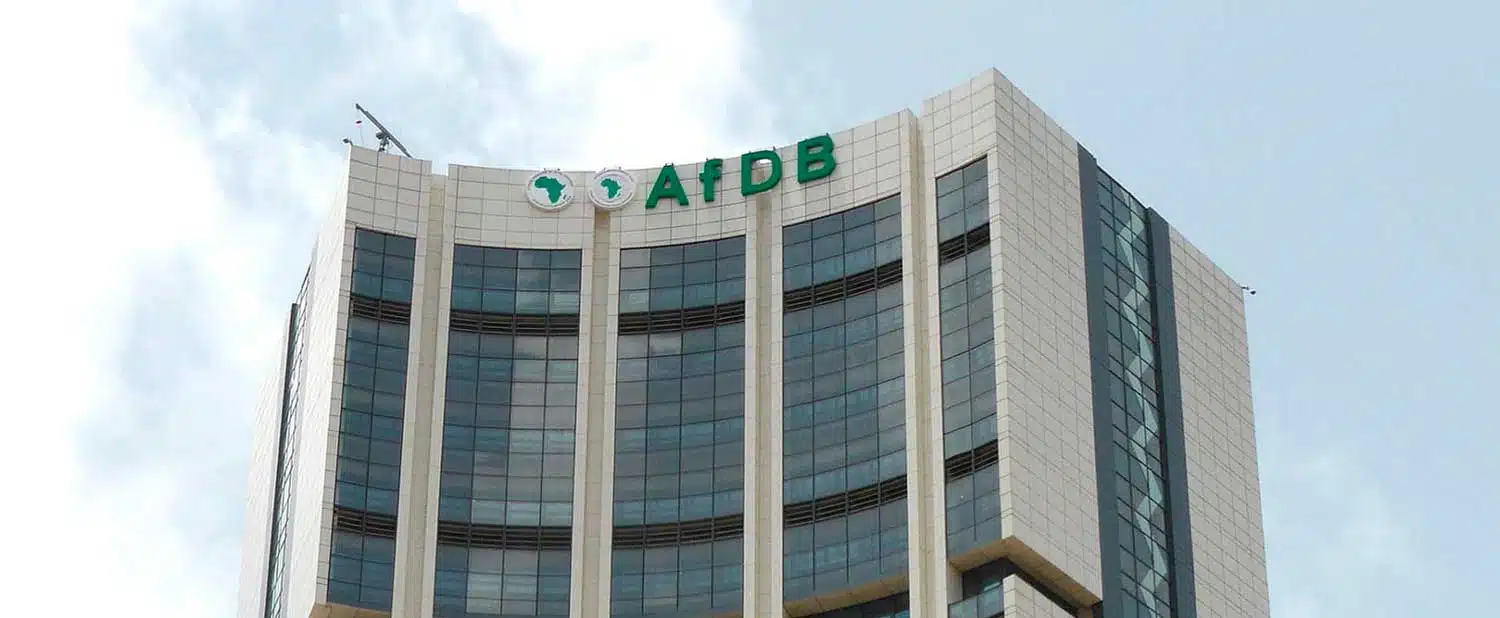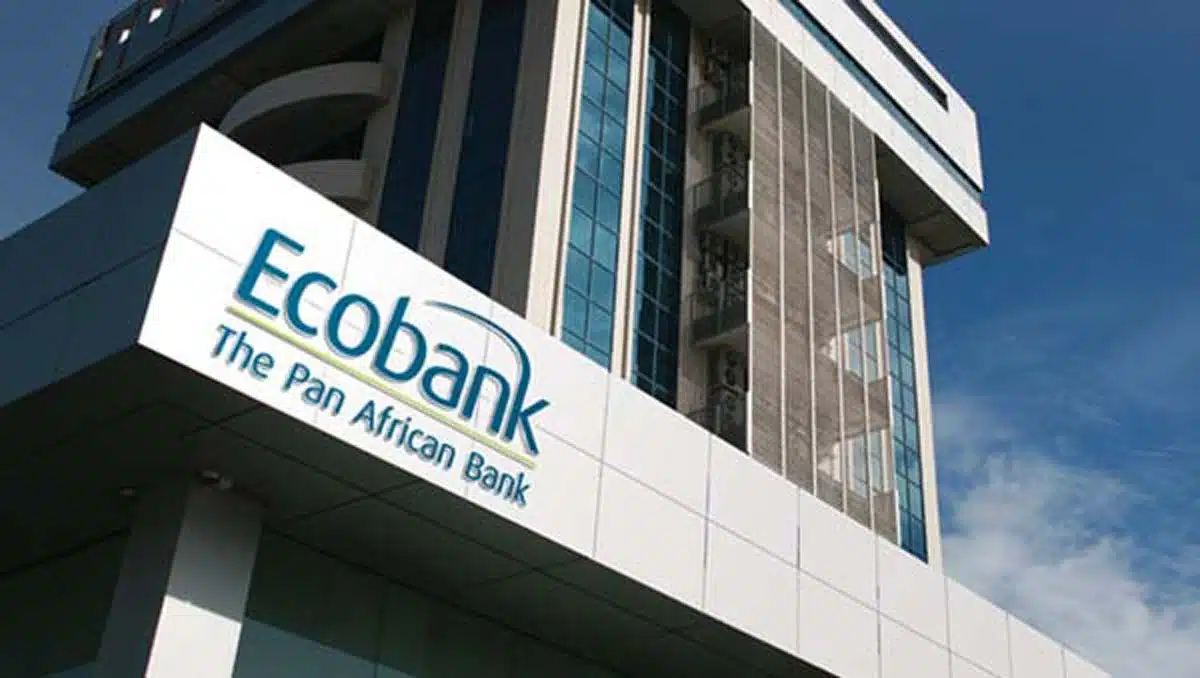A recent 2025 Outlook for South African banks has predicted that despite lowering interest rates, the country’s banks may record profits in 2025. This claim is supported by the fact that in 2024, banks diversified their revenue so much that 41% of their revenue base was from non-interest revenue.
This report was released by S&P Global Ratings in its South African Banking Outlook, 2025.
The report started off by noting that economic growth will be beneficial for the country’s banks in 2025. “Progress in addressing the energy constraints in the country and a pick-up in private investment will support economic growth in 2025,” it stated.
While banks are expected to experience a decrease in lending rates, more lending opportunities can be created if the Government of National Unity (GNU), a coalition of development-focused political parties, carries out its planned economic reforms which largely focus on addressing infrastructure deficits, particularly in railway, ports, energy and the water sectors.
Continuing, the report noted that the existing macroeconomic conditions in South Africa, including household disposable incomes and their ability to repay debt, are constrained by increasing inflation rates and food prices.
As of August 2024, the average monthly salary of South Africans was R25,304 ($1,500). The Consumer Price Index showed that inflation increased to 3% as of December 2024, with food, hot beverages and fuel prices increasing by 0.2%, 0.4% and 1.1% respectively.
These macro conditions prevented banks from making as much profit as they could, despite making more money and owning more assets per minimum capitalisation requirements. With many people unable to pay loans, banks couldn’t make as much money from their usual services.
By allowing South Africans access to their retirement savings through the recently introduced two-pot retirement system – a retirement fund reform that allows fund members to access parts of their retirement funds before actual retirement -, it is believed that more South Africans will be able to pay their debts.
“We expect that the banking sector’s credit loss ratio will normalise, averaging 90 bps in 2025, from an estimated 100 bps in 2024. Similarly, nonperforming loans will improve towards 4.4% of total loans at year-end 2025 from an estimated 4.7% in 2024.”, the report predicted.
Still on the banks’ profitability, the report noted, “South African banks will continue to maintain robust capital buffers against the minimum requirements, with an average common equity tier 1 buffer of 400bps. Strong profitability is expected to support stable capitalisation levels against generous dividend payout ratios averaging 50%-60%.”
“We anticipate that the sector will maintain a strong average return on equity of 15% to 16%, despite lower interest rates, supported by higher credit growth, noninterest income, and lower provisioning.”
In case you didn’t catch the technical terms above, the summary is:
- South African banks are expected to operate with their total assets still above the minimum capital requirements for banks even with the unfavourable macroeconomics of rising inflation.
- Banks are expected to pay 50%-60% of their profits as dividend to shareholders and still be profitable because their total assets are more than the minimum capital requirements.
- Banks are expected to record a 15%-16% profit from the total money received as investments despite the current macroeconomic statistics.
Overall, this report, which took into consideration the Banking Industry Country Risk Assessment (BICRA) and a macro analysis of South Africa’s economy, shows that South African banks may indeed be in for a moderately robust, profitable year. However, their profitability is very much tied to an improved economic situation and the government’s spending on infrastructural development.






